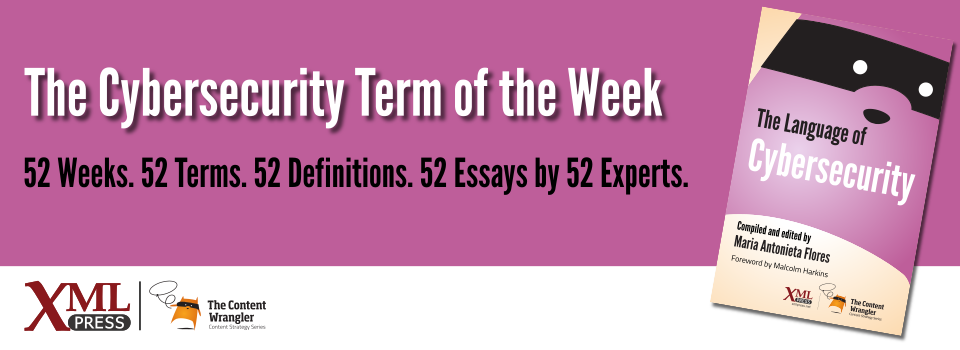What is it?
The range of actions an authenticated user or device is allowed to take in a system.
Why is it important?
A good society works like this: we expect promises to be kept, contracts to be honored, and a lost wallet to be returned. However, when applied to your IT infrastructure, such a mindset leaves your system wide open to an insider or an unhappy former employee. Privilege management gives you detailed control over the permissions given to each user and device.
Why does a business professional need to know this?
Giving your house key to a neighbor so they can water your plants does not mean you want to allow them to look through your closets or bedroom drawers. However, most of us do not have the technical means to restrict access in this way; we either give access to the entire house, or we don’t give access at all. Giving your key to a neighbor relies on implicit trust. You trust that your neighbor will not try on your underwear or eat all your cookies.
To put it mildly, this is not an ideal trust model for your IT infrastructure; you need a model that relies on least privilege, which gives each user only the privileges needed to perform their job duties and nothing more.
In many organizations, the highest possible access rights are given to system administrators. Companies that blindly trust system administrators open themselves to unnecessary risk. It is safer to have fine-grained control over privileges and give each administrator only the privileges needed to carry out their assigned tasks. For example, an administrator responsible for the payroll database probably doesn’t need access to the customer database.
To do this you need to implement an access-level classification scheme and have procedures that support your daily operations. This approach eliminates the need to give users higher levels of access than they need. This would be the equivalent of putting a password on your underwear drawer, making it inaccessible to your neighbor who has only the front door key.
References
- (Rouse 2008) Principle of least privilege (POLP) : Rouse, Margaret (2008). TechTarget. Discusses the principle of least privilege and its application to restricting access rights for people, systems, software applications, and devices connected to the Internet of Things. Includes video on how to address privileged user access.
- (Seltzer 2013) Excess privilege makes companies and data insecure : Seltzer, Larry (2013). ZDNet. Research results that show most companies do a poor job of managing the permissions and privileges of users on their computers and networks.
- (Prince 2015) Excessive User Privileges Challenges Enterprise Security: Survey: Prince, Brian (2015). Security Week. Research results from the
Privilege Gone Wild 2
survey that shows 47 percent of employees say they have elevated privileges not necessary for their roles.






